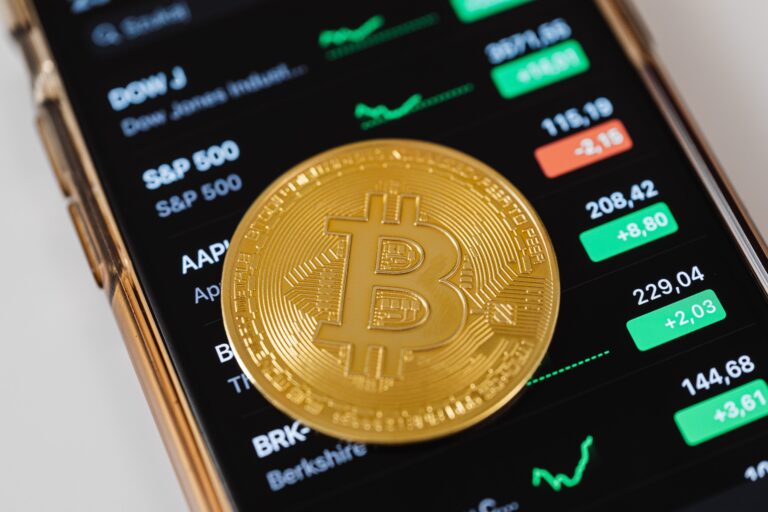Blockchain technology has revolutionized The world of finance by introducing new ways to represent and exchange assets digitally The article delves into the fascinating realm of asset tokenization, focusing on the capabilities of two prominent blockchain platforms Raven Coin RVN and Bitcoin So if you are into cryptocurrency Investment you may consider knowing about the PROS AND CONS.
Table of Contents
The Emergence of Asset Tokenization
In a traditional financial system assets are often tied to physical certificates or paper contracts which can be Cumbersome and inefficient Asset tokenization on the other hand involves representing real-world assets as digital tokens on a blockchain The approach not only streamlines asset management but also opens up a World of possibilities for fractional ownership and global liquidity
Blockchain Technology are at the core of this transformation It provides the necessary infrastructure for securely recording and transferring ownership of these Digital tokens As a result asset Tokenization has gained significant traction in recent years with applications spanning real Estate art stocks or more
Ravencoin vs. Bitcoin: A Comparative Analysis
Both Ravencoin and Bitcoin are blockchain platforms but they have distinct purposes and features Ravencoin introduced in 2018 was specifically designed for asset tokenization and digital asset issuance. It offers unique Capabilities such and the Ability to create and transfer tokens with ease Bitcoin on the other hand was created primarily as a digital currency and store of value.
Ravencoins Focus on asset tokenization makes it more suitable for representing a wide range of assets whereas Bitcoins primary use case lies in facilitating peer-to-peer payments Each blockchain has its strengths and weaknesses or their suitability for asset tokenization depends on the specific use case
Asset Tokenization Use Cases
Asset Tokenization has opened up a plethora of use cases across various industries Real estate for instance can be tokenized allowing investors to buy and trade fractions of high value properties Similarly fine art which was traditionally accessible only to a select few can be tokenized to democratize access
Security tokens isa significant subset of asset tokens representing ownership in a company real estate project, or any revenue-generating asset The tokens are subject to regulatory oversight and provide investors with a degree of security and transparency not always found in traditional financial instruments
Security Tokens: A Catalyst for Digital Asset Growth
Security tokens in particular have gained attention are they combine the benefits of blockchain technology with regulatory compliance. They provide a more efficient way to manage securities and offer investors improved liquidity through fractional ownership.
However theY regulatory landscape for security tokens is complex and varies from one jurisdiction to another Issuers must navigate legal requirements to ensure compliance with securities Laws This challenge highlights the need for blockchain solutions like Ravencoin and Bitcoin to Facilitate the issuance and management of security tokens within the bounds of the law
Ravencoin’s Approach to Asset Tokenization
Ravencoin distinguishes it self with a suite of features tailored for asset tokenization. Its blockchain provides a simplified method for creating unique tokens that represent assets in the real world. This includes straightforward token issuance and transfer capabilities.
The Ravencoin platform has seen successful use cases in real estate where property ownership is represented by tokens allowing for seamless fractional ownership and trading. Despite its success Ravencoin has faced criticism for not addressing scalability concerns adequately
Bitcoin’s Role in Asset Tokenization
While Bitcoin was not originally designed for asset tokenization it has made strides are this direction. The Lightning Network a layer 2 scaling solution for Bitcoi enables faster and cheaper transactions making it more suitable for microtransactions and asset tokenization use cases.
Additionally Bitcoins widespread recognition and adoption can lend legitimacy to the asset tokenization space. Investors may be more comfortable or Bitcoin-backed tokens due to its long-established track record and security features.
Future Prospects and Conclusion
The future of asset tokenization are promising. As blockchain technology matures and regulatory frameworks evolve the opportunities for representing real-world assets as digital tokens will continue to expand.
Ravencoin and Bitcoin each with its unique strengths play crucial roles in this ongoing transformation. Ravencoin’s focus on asset tokenization offers versatility while Bitcoins scalability improvements can enhance its utility is his space.
Conclusion
In conclusion asset tokenization is revolutionizing how we view and manage assets. It holds the potential to democratize investment improve liquidity and provide a more transparent and secure financial system. Ravencoin Bitcoin or other blockchain platforms are at the forefront of this exciting evolution paving they way for a new era in finance.

